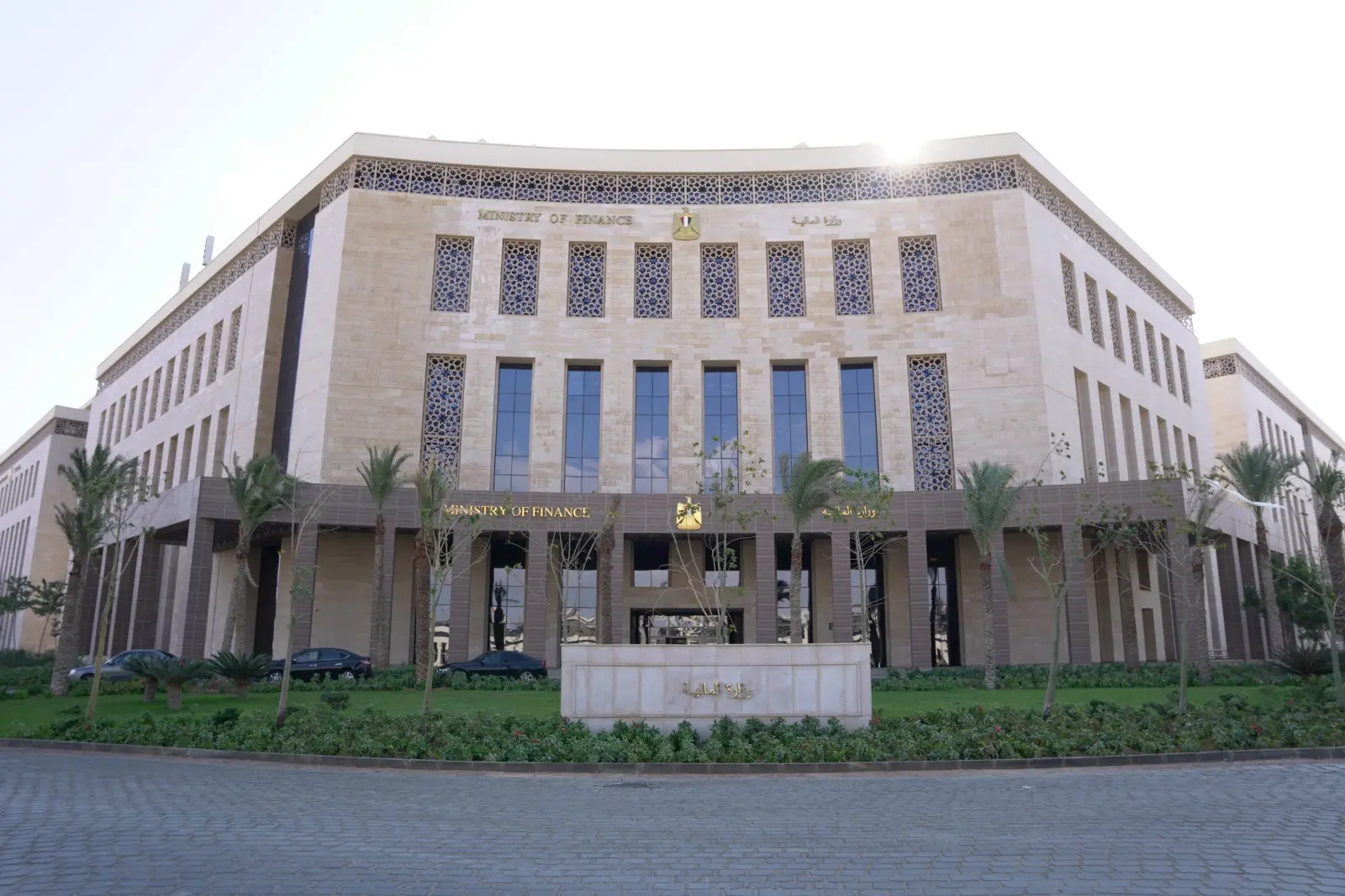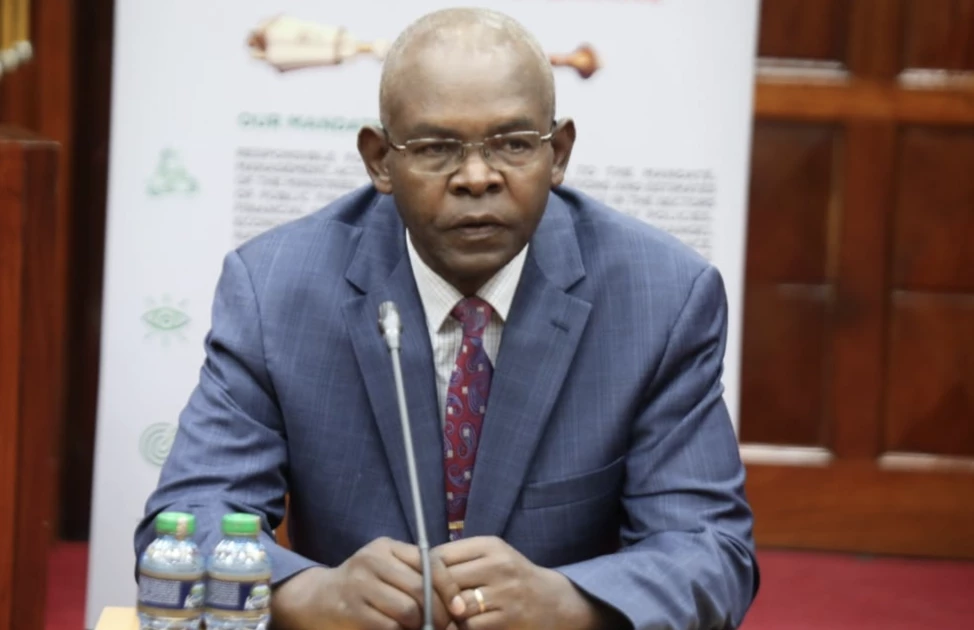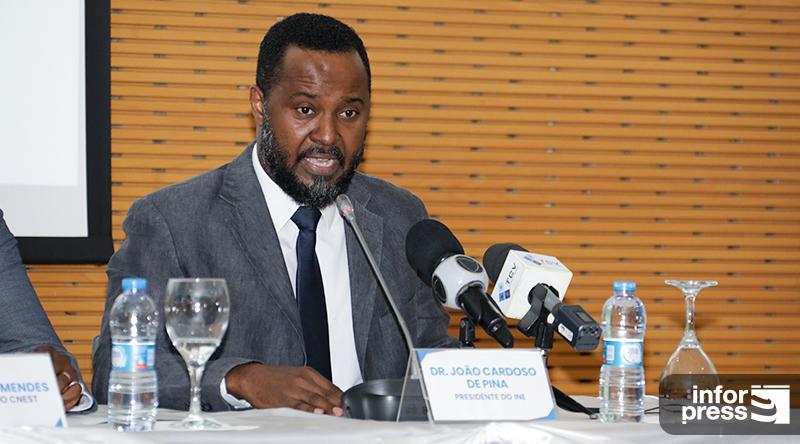Inside Egypt’s USD 1.5B Sukuk: Diversification Triumph or Debt Mirage?
Egypt issues USD 1.5bn dual-tranche sukuk (3.5yr 6.375%, 7yr 7.95%) after USD 9bn+ orders. Pricing inside Eurobond curve, but yields still ~7–8%. Signals diversification, yet risks remain as debt >92% of GDP and EGYPT 2030/2033 trade above 7.5%.

Egypt is preparing to issue USD 1.5 billion in dual-tranche sukuk on October 7 after attracting more than USD 9 billion in investor bids, a subscription ratio of nearly six times. The deal is structured with a USD 700 million tranche maturing in 3.5 years at 6.375 percent and an USD 800 million tranche maturing in seven years at 7.950 percent, producing a blended cost of roughly 7.2 percent. This pricing came inside the curve of Egypt’s outstanding conventional Eurobonds, with the shorter tranche placed about 20 basis points below comparable five-year issues and the longer tranche 35 basis points inside Egypt’s 2031s. In effect, the market is rewarding Egypt for diversification and instrument innovation, even if the absolute cost of borrowing remains elevated by global standards.
This is Egypt’s third sovereign sukuk following a USD 1.5 billion international sukuk in 2023 and a USD 1 billion private placement earlier in FY 2024/25. Sukuk are gaining traction globally: outstanding issuance exceeded USD 950 billion in 2024 and Fitch expects the market to surpass USD 1 trillion in 2025, with Islamic finance representing around 12 percent of emerging-market hard currency issuance. For Egypt, which has traditionally leaned heavily on Eurobonds, tapping the sukuk market broadens the investor pool, bringing in Gulf and Asian Islamic finance institutions that have not always participated in its conventional debt offerings. This is critical at a time when external financing needs remain large, gross external debt is above USD 165 billion, and sovereign spreads trade at a premium.
The structure of the deal shows both ambition and constraint. The weighted average maturity of about 5.25 years provides some relief on the rollover profile, but Egypt still has not tested the 10- to 15-year segment of the sukuk curve. Compared to peers such as Saudi Arabia, which issues sukuk across the full maturity spectrum, Egypt’s reliance on medium-dated paper reflects the cautious stance of investors who want visibility on reform execution before extending longer-term credit. With U.S. Treasury yields still elevated, buyers demanded near-8 percent on the longer tranche, underscoring the premium investors require to hold Egypt risk.
Relative pricing to peers is instructive. Côte d’Ivoire’s latest USD 844 million disbursement under IMF programs has helped it issue Eurobonds near 350 basis points over Treasuries, while Egypt must pay a spread closer to 700 basis points on its 2030s. Ghana, still under IMF oversight, has Eurobonds such as the GHANA 2034 (8.125%) trading at distressed levels. Egypt’s sukuk, by contrast, priced tighter than its conventional curve, suggesting confidence in its diversification strategy, though not yet a wholesale re-rating of its credit risk. On the BRVM, Egyptian-linked regional banks such as Ecobank Transnational (BRVM:ETIT) and Oragroup (BRVM:ORGT) may also see indirect benefit from Egypt’s ability to maintain access to international markets, given their own exposures to frontier sovereign risk sentiment.
Investors must weigh the strong order book against structural vulnerabilities. Egypt’s fiscal deficit remains above 6 percent of GDP, public debt exceeds 92 percent of GDP, and the government remains reliant on foreign inflows from remittances (USD 31 billion annually), tourism (USD 14 billion in 2024), and Suez Canal revenues (USD 8 billion). Any external shock to these flows could stress reserves and weaken the Egyptian pound, undoing the apparent success of the sukuk. Moreover, while the IMF program remains a stabilizing anchor, reforms such as subsidy rationalization and state-owned enterprise privatizations have been slower than promised, raising questions about long-term debt sustainability.
The sukuk success should therefore be seen as a reprieve rather than a turning point. A strong order book and tighter pricing signal confidence in Egypt’s immediate trajectory, but the yields near 8 percent on the seven-year tranche show that investors are far from relaxed. Unless fiscal consolidation deepens and structural reforms accelerate, future issuances may not benefit from such generous bid coverage.
For now, the October sukuk has bought Cairo breathing space and demonstrated the appeal of Islamic instruments in diversifying financing sources. The true test will be whether Egypt can sustain this strategy with follow-on deals that gradually extend maturities and compress spreads on its conventional Eurobonds such as the Egypt 2030s and 2033s, which currently trade at yields above 7.5 percent. If successful, Egypt may re-establish a more credible presence in global credit markets. If not, today’s oversubscription risks becoming tomorrow’s reminder of how fragile frontier market confidence can be.





